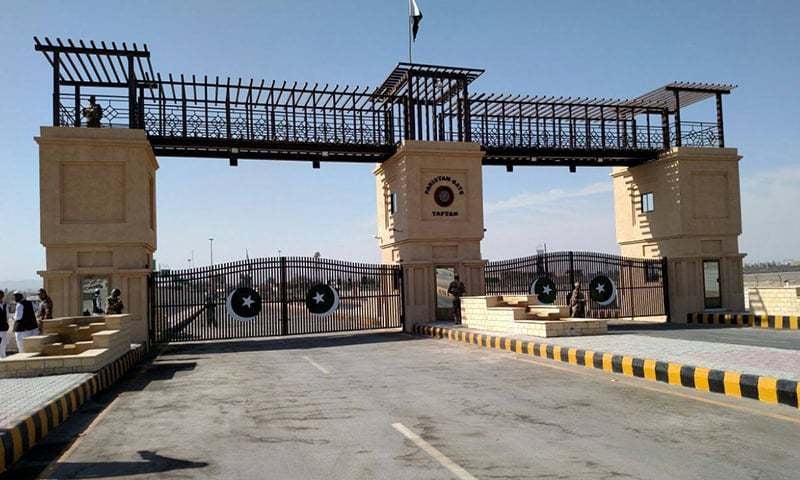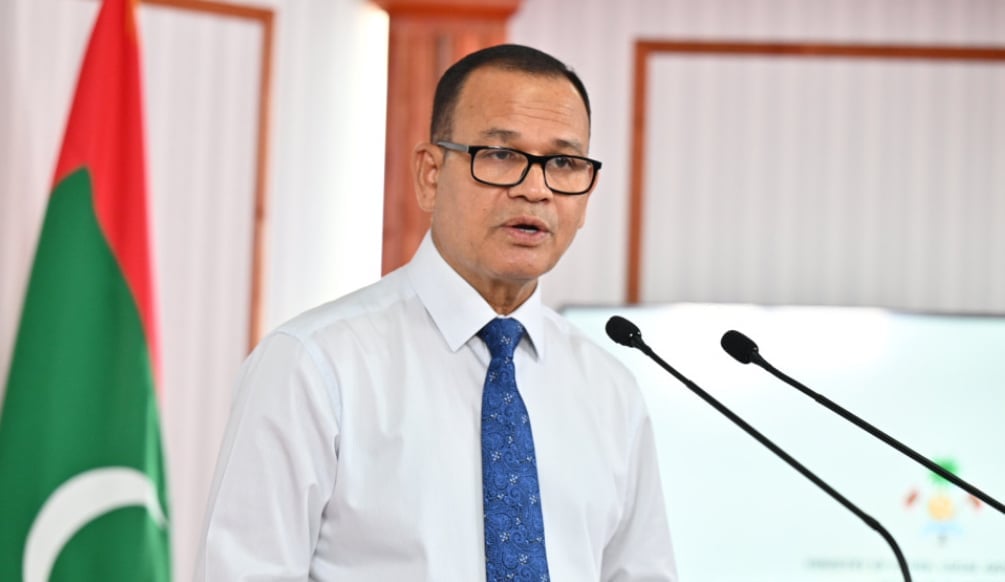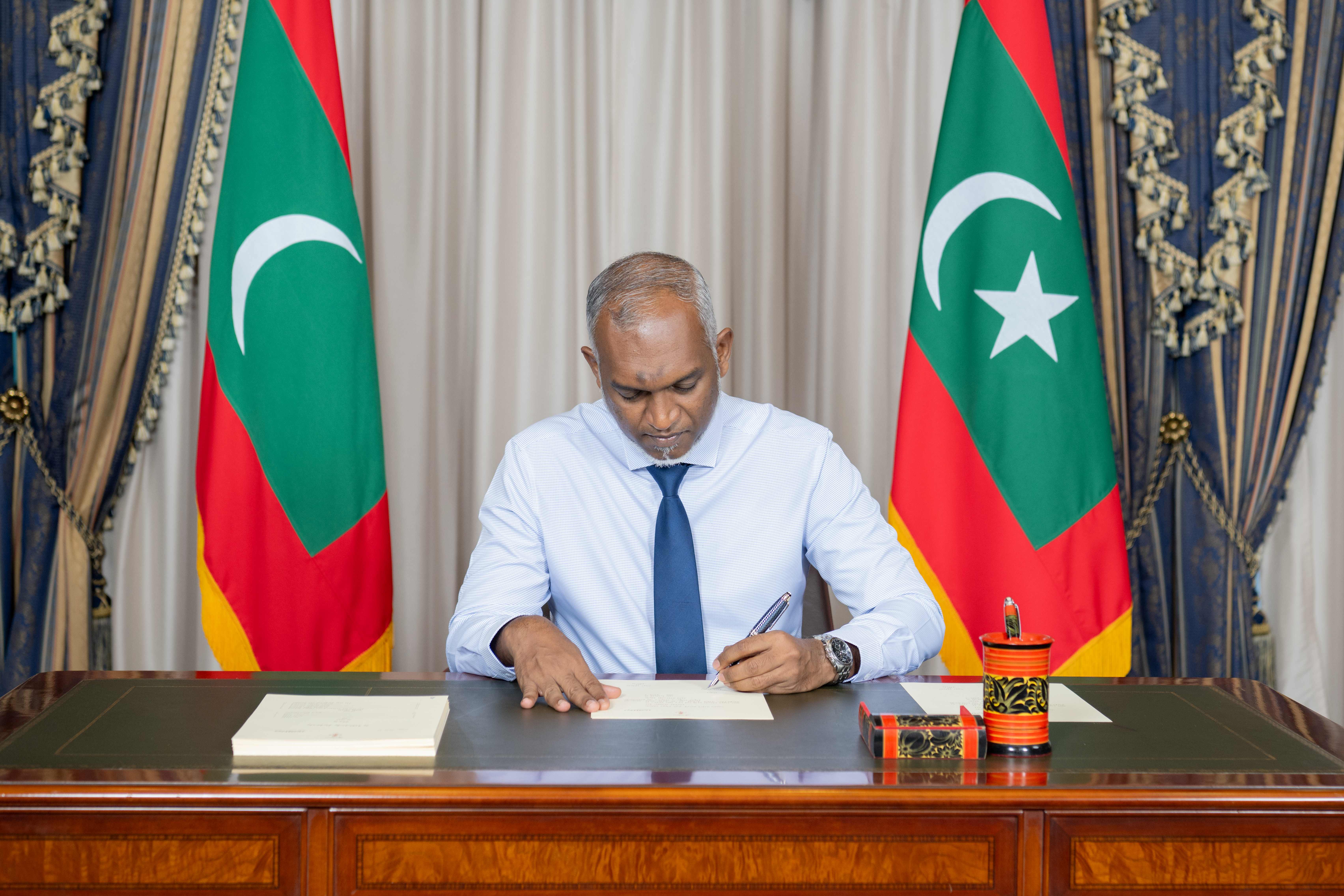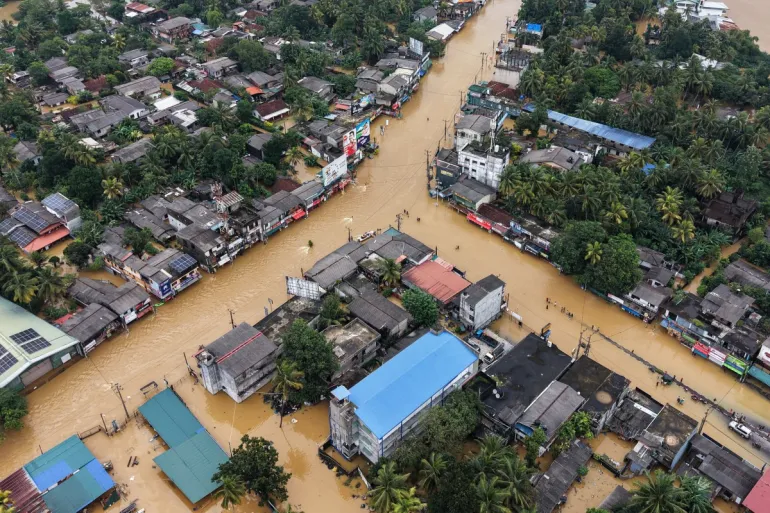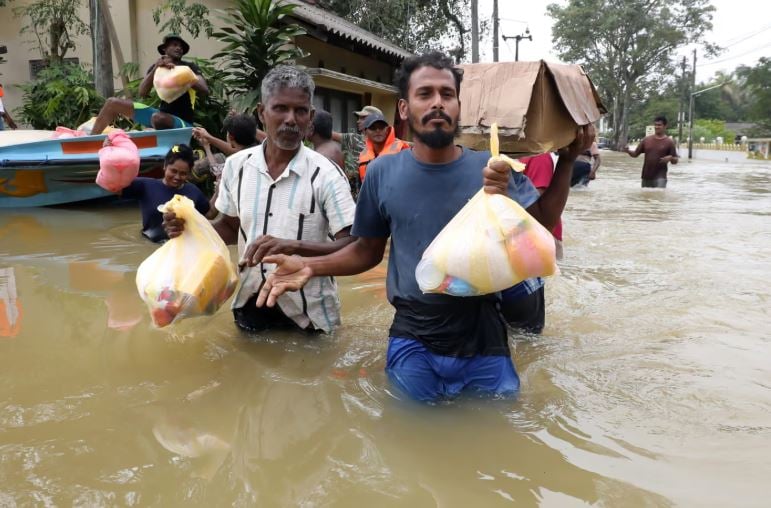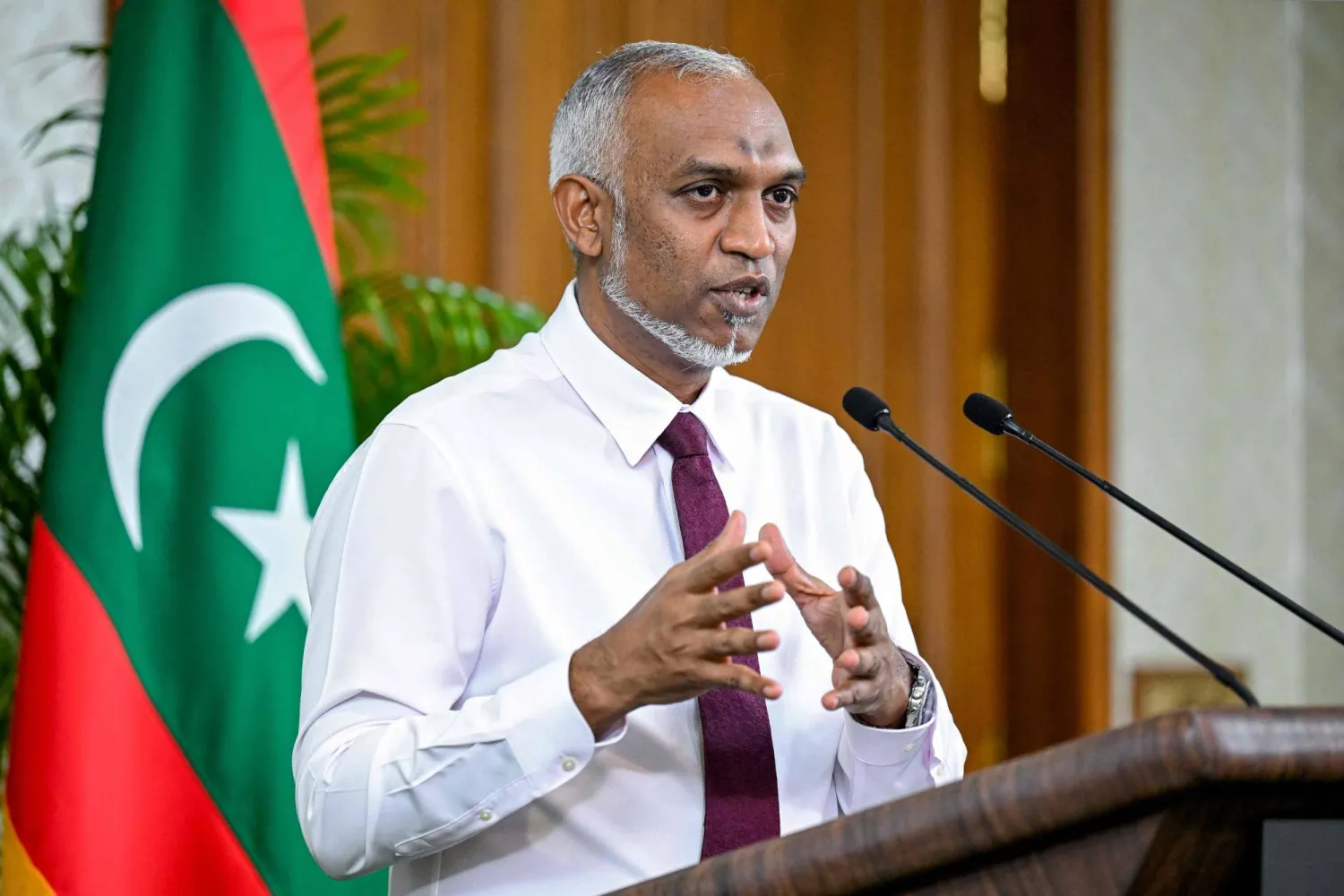Iranian authorities have closed their border between Pakistan and Iran, over rising numbers of COVID-19 cases in a frontier town.
The Iran–Pakistan border is around 1,000 kilometers long and demarcates Pakistan’s Balochistan province from Iran’s Sistan and Baluchestan province.
“The Iranian side has closed the border due to high prevalence of COVID-19 in Zahedan (capital of Sistan and Baluchestan province). The Embassy of Pakistan in Tehran is in close contact with Iranian authorities on this issue,” said Zahid Hafeez Chaudhri, spokesperson for Pakistan’s foreign office.
Deputy commissioner of the border town of Chagai, Agha Sher Zaman, said the border was closed only for Pakistani citizens who wanted to visit Iran while those who wished to return home could do so if they had received a negative COVID-19 test within 48 hours of travel and met other requirements set by the National Command and Operation Center (NCOC), Pakistan’s federal pandemic response body.
Zaman pointed out that the border was also open for trade and for Iranian citizens wanting to return to their country.
Pakistan completely closed its border with Iran on Feb. 24 last year after a COVID-19 outbreak in the neighboring country. However, the Taftan border was reopened a few months later in June, followed by the reopening of all five border crossing points for trade.
The Iran–Pakistan border is around 1,000 kilometers long and demarcates Pakistan’s Balochistan province from Iran’s Sistan and Baluchestan province.
“The Iranian side has closed the border due to high prevalence of COVID-19 in Zahedan (capital of Sistan and Baluchestan province). The Embassy of Pakistan in Tehran is in close contact with Iranian authorities on this issue,” said Zahid Hafeez Chaudhri, spokesperson for Pakistan’s foreign office.
Deputy commissioner of the border town of Chagai, Agha Sher Zaman, said the border was closed only for Pakistani citizens who wanted to visit Iran while those who wished to return home could do so if they had received a negative COVID-19 test within 48 hours of travel and met other requirements set by the National Command and Operation Center (NCOC), Pakistan’s federal pandemic response body.
Zaman pointed out that the border was also open for trade and for Iranian citizens wanting to return to their country.
Pakistan completely closed its border with Iran on Feb. 24 last year after a COVID-19 outbreak in the neighboring country. However, the Taftan border was reopened a few months later in June, followed by the reopening of all five border crossing points for trade.





